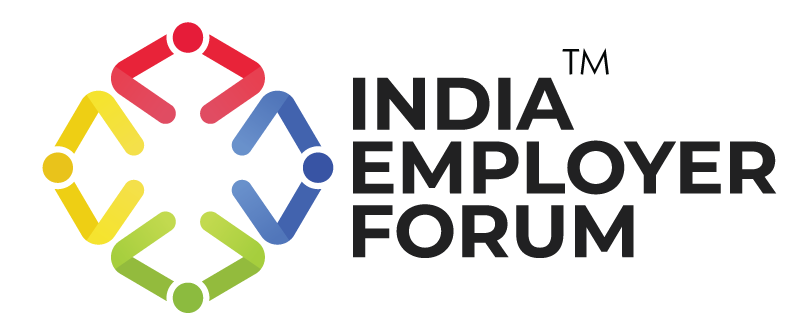The rise of remote work/work from home has reshaped today’s employment landscape, offering flexibility but also leading to poor employee experience and well-being. When these aspects are overlooked, the result is often decreased productivity and declined organisational growth. Remote employees commonly face challenges such as isolation and reduced collaboration, which directly impact performance.
For employers, it is crucial to recognise these barriers and take proactive steps to support employee well-being, strengthen engagement, and drive sustainable organisational success.
Challenges for Employees in Remote Work Environment
Risk of Loneliness and Mental Health Concerns
A 2024 Gallup report reveals that around 25% of remote employees experience loneliness, compared to 16% working on-site. They are also more likely to experience persistent anger and sadness, which negatively impact performance.
Layoff Risk and Slower Career Progression
According to Live Data Technologies, approximately 35% of remote employees are more likely to face layoffs than their on-site or hybrid counterparts. Promotion opportunities are also limited, with only 31% of remote workers reporting career advancement.
Focus Disruptions
Microsoft’s Work Trend Index 2025 highlights that remote employees are interrupted every two minutes due to frequent meetings, excessive emails, and constant notifications. Termed as “digital debt,” these disruptions diminish focus, hinder innovative thinking, and affect work-life balance.
Collaboration Constraints
A Gallup study shows that about 48% of employees in remote or hybrid roles struggle with limited team collaboration, inadequate access to tools, and cultural challenges within their organisations.
Decline in Social Skills
A ResumeBuilder survey conducted in December 2024 found that 25% of remote employees face difficulties with social skills, such as initiating conversations, maintaining eye contact, and engaging in group discussions.
Return-to-Office Mandates
Companies such as Dell and Citibank have introduced return-to-office mandates, placing pressure on employees to be physically present to secure promotions, bonuses, and long-term career stability.
Strategic Recommendations for Employers
Reset Meeting Structures
Eliminate unnecessary recurring meetings and highlight their hidden costs to encourage employees to rethink productivity. For example, Shopify introduced a “meeting cost calculator” within employees’ calendars, which led to a 14% drop in meetings per employee and an 18% increase in project completion expectations.
Additionally, designate fixed hours in the day for meetings to enable smoother collaboration. Dropbox’s Virtual First policy, which set core collaboration hours, resulted in higher job applications, stronger offer acceptance rates, and improved employee satisfaction.
Offer Equal Breaks
Introduce company-wide shutdowns to give employees collective time off. LinkedIn’s RestUp Week initiative demonstrated the benefits of this approach, with employees returning more energized and better able to focus on their work. HR can also facilitate weekly/fortnightly team huddles where everyone gathers virtually for some fun activity be it a quiz or a game. Quarterly in-person get togethers or offsite events can be organized where team members can interact and build relationships in a casual and informal environment.
Provide Monetary Support for WFH
Offer financial assistance to remote employees for essential home office setups, including desks, chairs, and monitors. Dropbox, under its Virtual First policy, provided a monthly $7,000 stipend for home office arrangements, which significantly boosted job application rates.
Implement Asynchronous Practices
Establish a central repository or handbook where employees can access and update the latest decisions, policies, and how-to guides. Such asynchronous practices help reduce meeting overload and improve overall efficiency. GitLab, for instance, maintains a public Remote Handbook to ensure documentation and easy accessibility for its employees.
Measure Outcomes, Not Time
Evaluate performance based on results rather than hours worked or physical presence. Best Buy’s Results-Only Work Environment (ROWE) model granted employees complete flexibility, which led to higher engagement, stronger productivity, and improved business profitability.
Remote work has transformed how organisations operate, but its success depends on more than flexibility—it relies on creating a supportive employee experience. Challenges such as loneliness, career stagnation, and collaboration gaps can weaken work productivity if left unaddressed. By rethinking meeting structures, supporting well-being, enabling asynchronous practices, and focusing on outcomes, employers can build an environment where employees feel valued and empowered.
Companies that take these proactive steps will not only enhance employee satisfaction but also secure long-term organisational growth in an ever- evolving world of work.






